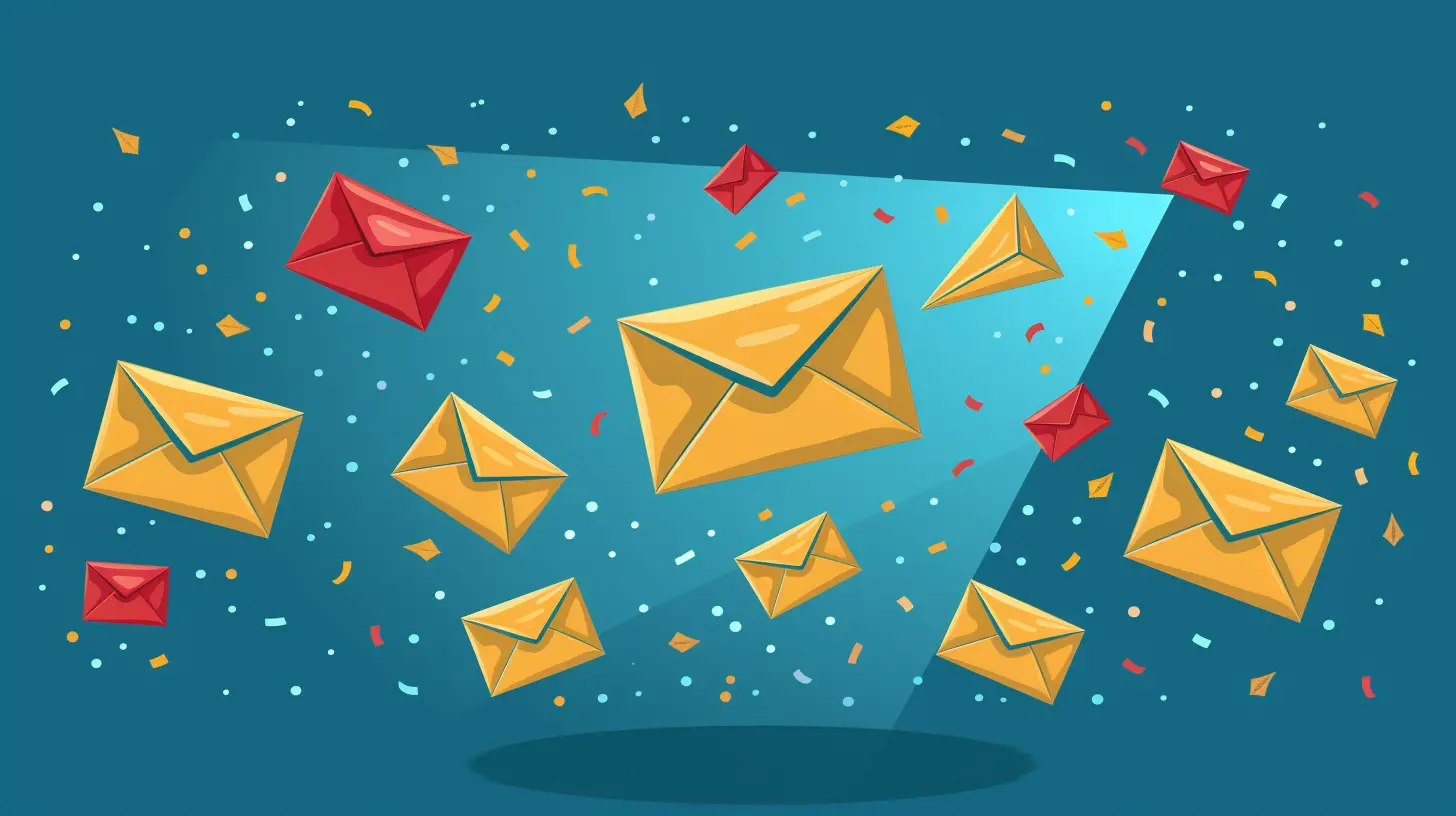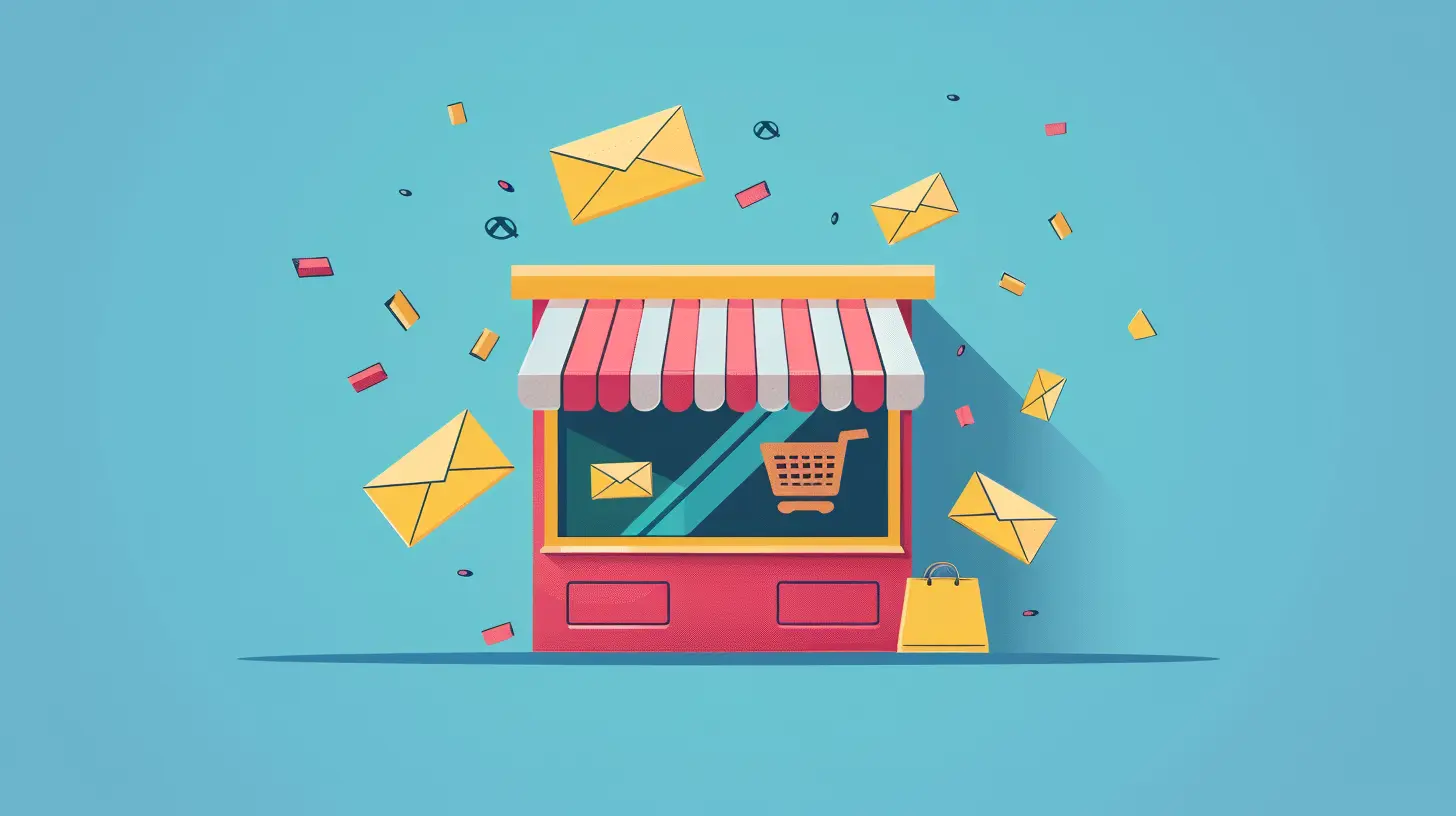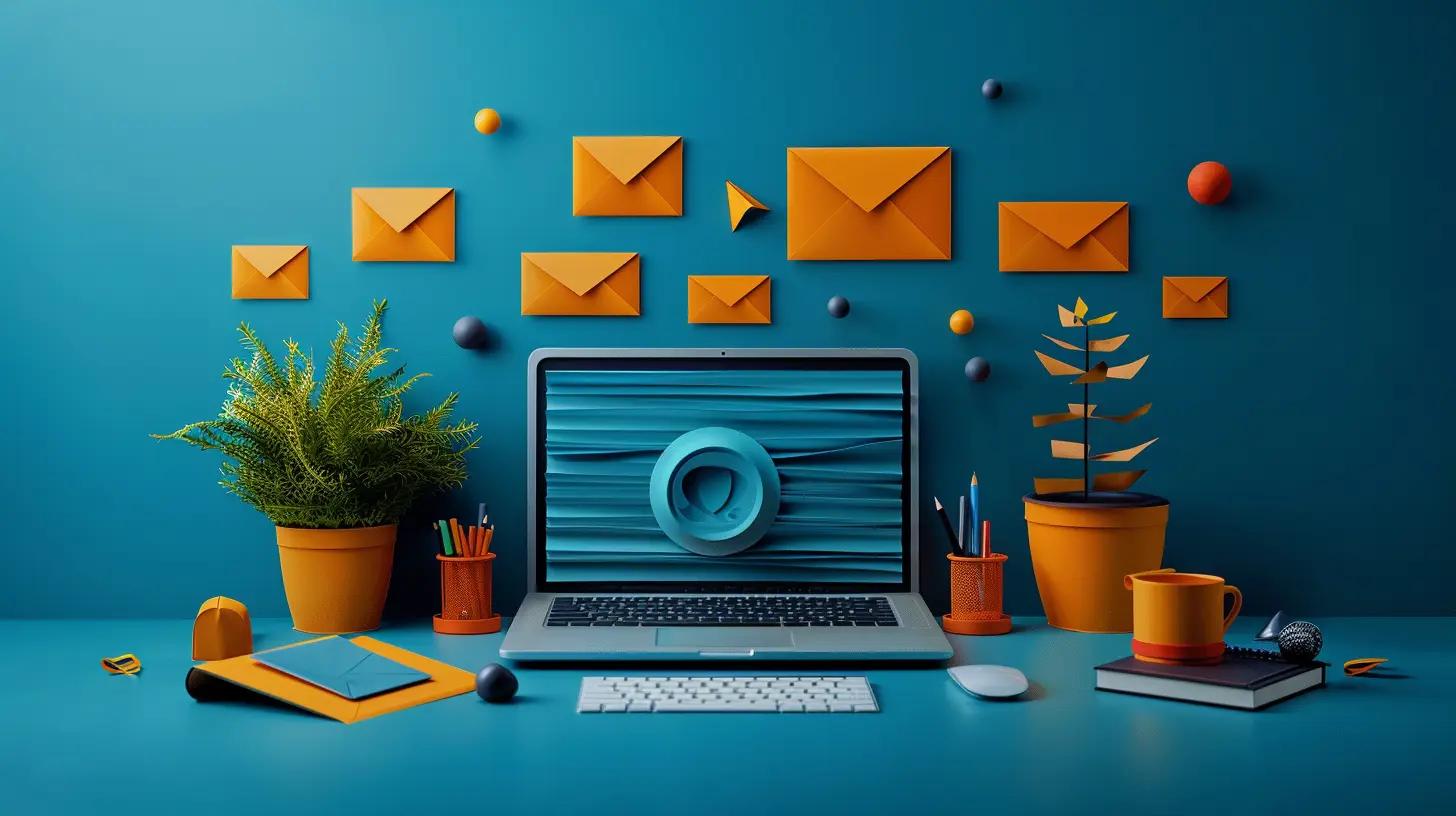How to Use Email Marketing to Drive Repeat Sales in E-Commerce
7 June 2025
If you're running an e-commerce business, you probably already know the thrill of making a sale. That little ding when an order comes through? Total dopamine hit. But here’s the thing — if you’re only focusing on getting NEW customers, you’re leaving a mountain of money on the table.
Wanna know the real secret sauce to growing an e-commerce store sustainably? It’s not just acquiring customers — it’s keeping them coming back. That’s where email marketing steps in like a loyal sales ninja, ready to turn one-time buyers into repeat customers and loyal fans.
In this article, we’re gonna break down exactly how to use email marketing to drive repeat sales in e-commerce. No fluff. Just solid, actionable strategies you can actually use.
Why Repeat Customers Matter More Than You Think
Before we dig into the how, let's talk about the why.Acquiring a new customer is five times more expensive than retaining an existing one. And get this — repeat customers are not only more likely to buy again, but they also tend to spend more per purchase. According to studies, your loyal customers are responsible for up to 80% of your company’s future revenue.
Pretty wild, right?
So yeah, fine-tuning your email marketing to cater to those who’ve already bought from you? That’s not just smart — it’s essential.
1. Start with a Solid Welcome Series
Okay, let’s start from the very beginning — the welcome email.When someone makes a purchase or signs up for your list, that’s your moment. They're willing and ready. This is your chance to make a killer first impression.
Your welcome series shouldn’t just be a boring “Thanks for buying!” It should lay the groundwork for a long-term relationship. Think of it like a first date — how do you want them to feel afterward?
What to include in your welcome emails:
- A heartfelt thank you- A short backstory about your brand (make it personal!)
- A quick guide to using the product they just bought
- What they can expect from your emails moving forward
- A discount code for their next purchase (because who doesn’t love a good deal?)
Keep it real, keep it friendly, and don’t be afraid to let your brand’s personality shine.
2. Segment, Segment, Segment!
Listen, blasting the same email to your entire list is the fastest way to end up in the spam folder. People want content that’s relevant to them. That’s where segmentation comes in.Here are a few smart ways to segment your email list:
- Purchase history: Send tailored suggestions based on what they’ve already bought- Browsing behavior: Show them products they’ve checked out but haven’t bought yet
- Location: Promote local events or shipping updates
- Engagement: Treat highly active subscribers differently than those who haven’t opened an email in months
Segmenting lets you personalize your emails, and personalization = better open rates, more clicks, and yep, more sales.
3. Personalize Like You Mean It
Ever get an email that says “Hi [First Name],” and nothing else about it feels personal? Yeah… that’s not personalization. That’s lazy automation.Real personalization goes way deeper. You want your customer to feel like that email was crafted just for them.
Try this:
- Recommend products based on their last purchase- Send refill reminders (especially if you sell consumable items)
- Celebrate their birthday with a special offer
- Use dynamic content blocks that change based on user behavior
Remember their dog's name? No? Okay, maybe not that personal — but you get the idea.
4. Automate Post-Purchase Email Flows
Most e-commerce store owners stop emailing customers right after a sale. Huge mistake.That’s actually when your customers are most engaged. That post-purchase period is prime time for building trust and encouraging repeat sales.
Here's a great post-purchase flow:
1. Order confirmation – Reassure them that their order is in good hands.2. Shipping confirmation – Give them tracking details and manage expectations.
3. How to use the product – A guide, video tutorial, or tips and tricks.
4. Product review request – After they’ve had the product for a few days.
5. Exclusive offer or cross-sell – "Since you got X, you might love Y."
6. Loyalty points info or referral incentives – Double whammy!
Automating this flow ensures you’re always following up at the right times, even while you sleep.
5. Use Win-Back Campaigns to Reignite Interest
Not everyone opens every email. Sad, but true.But just because someone hasn’t bought from you in a while doesn’t mean they’re gone forever. A win-back campaign can bring them back from the dead (okay, email-dead… but still!).
A good win-back email includes:
- A reminder of what they loved- A strong incentive (like a unique discount)
- Urgency (limited-time offer)
- A little emotion (“We miss you!” actually works)
Sometimes people just need a nudge — be that nudge.
6. Introduce a Loyalty or VIP Program
People love feeling like insiders. If you let them join a club — even a virtual one — where they get perks, early access, or exclusive deals, they'll want to keep shopping just to stay in.Use email to promote your loyalty program and highlight:
- Points earned
- Rewards available
- How close they are to the next tier
Make it fun. Make it visual. Make them want to be VIPs.
7. Send “Back-in-Stock” and “Low Stock” Alerts
Scarcity sells. Ever been on the fence about buying something and then got an email that says, “Only 3 left in stock”? Yup, you probably bought it.Back-in-stock emails are SUPER effective at driving repeat sales because they’re hyper-relevant. Plus, they create that delicious sense of urgency.
Same with low-stock alerts. These emails give people just enough FOMO to click “Buy Now.”
8. Add Value with Educational or Entertaining Content
Not every email should be about selling. Seriously — that’s how you burn people out.Mix in content that adds value. Think how-to guides, styling tips, behind-the-scenes looks, or even funny memes if that fits your brand. Your emails should feel like a conversation with a cool friend, not a sales pitch from a used car dealership.
When people enjoy reading your emails, they’re way more likely to keep opening them — and eventually, buying again.
9. A/B Test Like a Mad Scientist
Here’s a not-so-fun fact: even the best email marketers don’t get it right every time. That’s why A/B testing is non-negotiable.Things to test:
- Subject lines (add emojis? Ask a question?)- Send times (early morning vs. late night)
- Button colors and placement
- Content length
- Discount amounts
Keep what works. Ditch what doesn’t. Rinse and repeat.
10. Track Metrics and Optimize
Don’t get too cozy. Email marketing isn’t a “set it and forget it” tactic.You should be consistently reviewing key metrics like:
- Open rates
- Click-through rates
- Conversion rates
- Revenue per email
- Unsubscribe rates
This data tells you what your customers like (and hate). Use it to make your next campaign even better.
Bring It All Together: Turn Emails Into Revenue-Driving Machines
Email is one of the best tools for driving repeat e-commerce sales — if you use it intentionally.It’s not just about sending more emails. It’s about sending the right emails — to the right people — at the right time — with the right message.
When you treat your email list like a relationship instead of just a sales channel, people start to trust you. And trust leads to loyalty. And loyalty? That leads to repeat sales.
So go ahead — build those killer automations, write those personal follow-ups, and show up in your customers’ inboxes like a brand they can’t wait to buy from again.
You’ve got this.
all images in this post were generated using AI tools
Category:
E CommerceAuthor:

Ian Stone
Discussion
rate this article
2 comments
Thea Bellamy
Email marketing: the digital equivalent of sending a love letter, but instead of ‘I miss you,’ it’s more like ‘Hey, remember that amazing shirt you forgot about? It’s still here, and it’s on sale!’”
June 22, 2025 at 11:01 AM

Ian Stone
Great analogy! Just like a love letter, effective email marketing connects and reminds customers of what they cherish, driving them back for more.
Trinity McBride
Great insights on leveraging email marketing for repeat sales! Cultivating customer relationships through targeted campaigns can truly elevate e-commerce success. Remember, personalization and consistent engagement are key. Keep experimenting and analyzing your results to refine your strategy. Excited to see how your approach evolves!
June 14, 2025 at 3:14 AM

Ian Stone
Thank you for your thoughtful comment! I completely agree—personalization and engagement are crucial for success in email marketing. I'm excited to continue evolving our strategies!


